Home>Articles>9 Questions To Ask Yourself When Choosing House Siding Colors
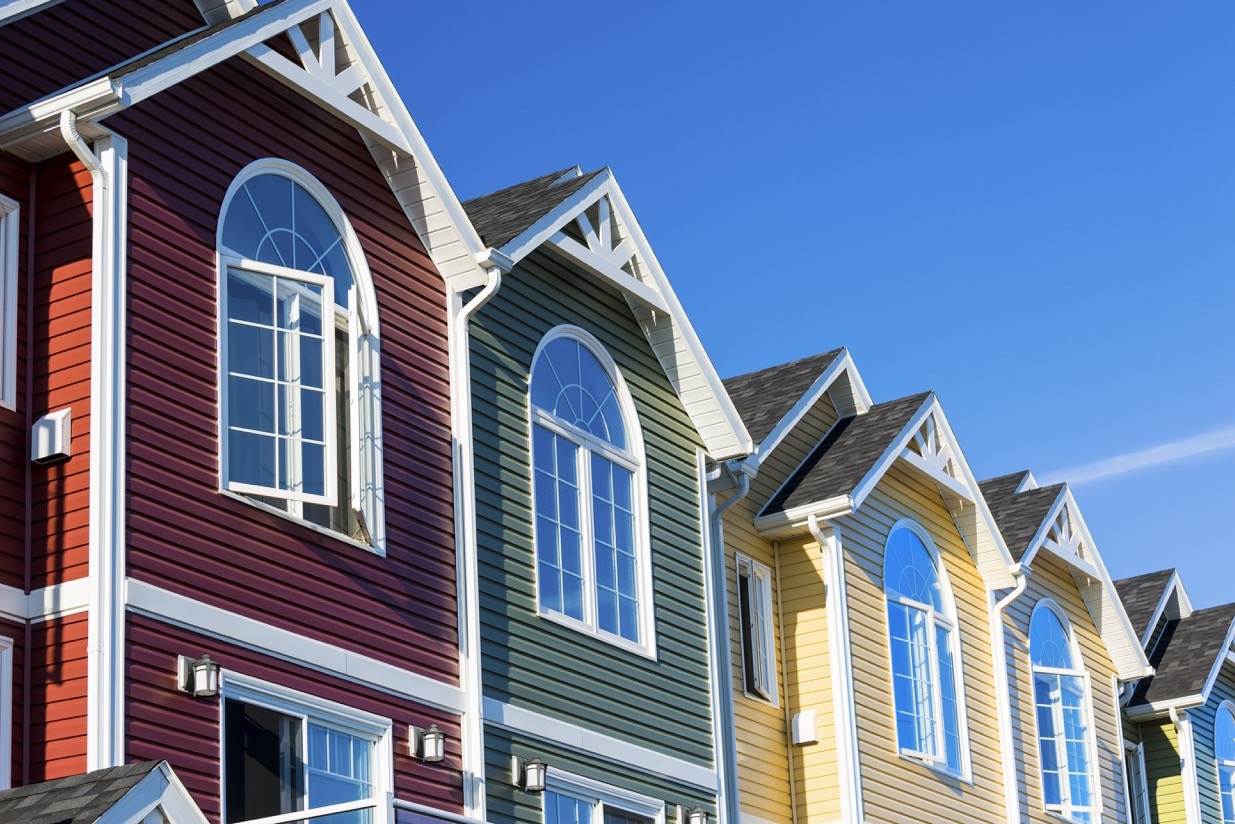

Articles
9 Questions To Ask Yourself When Choosing House Siding Colors
Modified: August 31, 2024
Looking for articles on choosing house siding colors? Ask yourself these 9 important questions to make the right decision.
(Many of the links in this article redirect to a specific reviewed product. Your purchase of these products through affiliate links helps to generate commission for Storables.com, at no extra cost. Learn more)
Introduction
Choosing the right color for your house siding is an important decision that can greatly impact the overall look and feel of your home. The color you choose should not only complement the architectural style of your house, but also match the surrounding environment and evoke the desired emotions. With so many options available, it can be overwhelming to make a decision. That’s why it’s essential to ask yourself a series of questions to guide you through the process. In this article, we will explore nine important questions to ask yourself when choosing house siding colors.
Key Takeaways:
- Choosing the right house siding color involves considering the architectural style, surrounding environment, emotional impact, and energy efficiency. Harmonizing with the roof color and complying with local regulations are also crucial factors.
- The chosen siding color can impact maintenance, resale value, and future renovations. It’s essential to strike a balance between personal preference and market appeal while ensuring adaptability for potential updates.
Read more: Questions To Ask When Building A House
Question 1: What is the architectural style of your home?
One of the key factors to consider when choosing house siding colors is the architectural style of your home. The siding color should enhance the overall aesthetic and highlight the unique features of your house.
If you have a traditional style home, such as Colonial or Victorian, you may opt for classic colors like white, beige, or gray. These colors can emphasize the architectural details and give your home a timeless look.
On the other hand, if you have a modern or contemporary style home, you might want to consider bolder and more vibrant colors. Colors like deep blues, rich reds, or sleek blacks can make a statement and create a striking visual contrast.
It’s important to choose a siding color that harmonizes with the existing elements of your home. Take into account the color of the roof, doors, and other exterior features. By considering the architectural style of your home, you can select a siding color that enhances its unique charm and character.
Question 2: What is the surrounding environment like?
The surrounding environment plays a significant role in determining the ideal siding color for your home. By considering the natural landscape, neighboring houses, and overall atmosphere of the area, you can choose a color that harmonizes with its surroundings.
If you live in a rural or nature-filled setting, earthy tones such as greens, browns, or warm neutrals can blend seamlessly with the natural surroundings. These colors can create a harmonious and inviting look that complements the beauty of the landscape.
For homes in urban environments, you might want to consider the architectural style and color palette of the surrounding houses. If there is a predominant color scheme, such as red brick houses, you may want to choose a siding color that complements or contrasts with it. This will help your home stand out while still fitting in with the overall aesthetic of the neighborhood.
Additionally, take into account the climate of your area. If you live in a hot and sunny region, lighter colors can help reflect heat, keeping your home cooler. In colder climates, darker colors can absorb heat and contribute to energy efficiency.
By considering the surrounding environment, you can choose a siding color that not only enhances the natural beauty of your surroundings but also complements the overall aesthetic of the neighborhood.
Question 3: What emotions do you want to evoke?
The color of your house siding can have a significant impact on the emotional appeal of your home. Different colors evoke different emotions and can create a certain atmosphere.
For example, if you want to create a sense of tranquility and serenity, you might opt for lighter shades of blue or green. These colors are often associated with calmness and relaxation, perfect for creating a peaceful atmosphere.
If you’re looking to make a bold and vibrant statement, colors like red, orange, or yellow can add energy and excitement to your home. These warm and energetic tones can create a welcoming and lively atmosphere, perfect for homes with a lively and outgoing personality.
Neutral tones like beige, gray, or white can evoke a sense of timelessness and sophistication. These colors can create a classic and elegant look, suitable for both traditional and modern architectural styles.
Consider the emotions you want to evoke when you, your family, and guests approach your home. Do you want it to feel inviting and warm, or more formal and reserved? By choosing a siding color that aligns with your desired emotions, you can create a welcoming and visually appealing atmosphere for your home.
Question 4: How does the color of your roof impact your siding color choice?
The color of your roof is an important factor to consider when selecting a siding color for your home. The siding color should complement and harmonize with the roof color to create a cohesive and visually pleasing exterior.
If you have a roof with a neutral color, such as black, gray, or brown, you have more flexibility in choosing a siding color. You can opt for a contrasting color to create visual interest and make your home stand out. For example, a light-colored siding can create a striking contrast against a dark roof, or vice versa.
On the other hand, if your roof has a distinct color, such as red, green, or blue, you may want to choose a siding color that complements or blends with the roof color. This can create a harmonious and balanced look, allowing the roof color to take center stage while the siding color supports and enhances it.
Consider the overall color scheme of your home’s exterior. If the roof color and siding color clash or compete for attention, it can create a discordant and unbalanced appearance. By selecting a siding color that complements the roof color, you can create a unified and visually appealing look for your home.
It’s worth noting that the color of your roof may also impact the energy efficiency of your home. Dark roofs tend to absorb more heat, while light-colored roofs reflect more heat. If you live in a hot climate, consider a siding color that helps regulate temperature and contributes to the overall energy efficiency of your home.
Question 5: What are the local regulations and restrictions?
Before making a final decision on your house siding color, it’s important to check for any local regulations or restrictions that may impact your choice. Some neighborhoods or homeowner associations have guidelines or restrictions in place regarding exterior color choices.
These guidelines may dictate specific color palettes, materials, or design standards that need to be followed. They are typically put in place to maintain the aesthetic harmony of the neighborhood and preserve property values.
It’s essential to familiarize yourself with these regulations and restrictions to ensure that your chosen siding color complies with the guidelines. Failure to do so may result in fines or the need to repaint your home.
If there are limitations on color choices, consider the approved color options and select the one that best suits your preferences and matches your home’s style. Keep in mind that even within the approved color palette, there may be variations in shades and tones that allow for personalization.
Consult with your homeowner association or local authorities to obtain a copy of the guidelines or restrictions. This will help you make an informed decision and avoid any potential conflicts or issues in the future.
Consider the architectural style of your home when choosing siding colors. Traditional homes may look best with classic colors, while modern homes can handle bolder choices.
Question 6: How will the siding color affect energy efficiency?
The siding color you choose can have an impact on the energy efficiency of your home. Different colors have varying abilities to absorb or reflect heat, which can affect the temperature inside your home and the energy required for cooling or heating.
Darker colors tend to absorb more heat from the sun, which can lead to higher temperatures inside your home. This can be beneficial in colder climates, as it can help retain heat and reduce energy consumption for heating. However, in warmer climates, dark-colored siding can contribute to increased cooling needs and higher energy bills.
Lighter colors, on the other hand, reflect more heat and help keep your home cooler. This can be advantageous in hot climates, as it reduces the need for excessive air conditioning and lowers energy costs. Additionally, lighter colors can also help minimize heat absorption on the exterior surfaces, which can prolong the lifespan of the siding material.
It’s worth noting that the impact of siding color on energy efficiency is relatively small compared to other factors like insulation and ventilation. However, every little bit helps, and choosing a siding color that aligns with your local climate can contribute to overall energy savings and environmental sustainability.
Consider the climate of your area and the typical weather patterns when selecting a siding color. Consult with professionals or conduct research to find out which colors are recommended for energy efficiency in your specific region. By making an informed choice, you can optimize the energy efficiency of your home and reduce your carbon footprint.
Question 7: What is the maintenance level of different siding colors?
When choosing a siding color, it’s important to consider the maintenance level associated with different colors. Some colors may require more frequent cleaning and upkeep compared to others.
Lighter colors, such as white or pastels, tend to show dirt, grime, and stains more easily than darker colors. This means that they may require more frequent cleaning to maintain their pristine appearance. On the other hand, darker colors are generally more forgiving when it comes to hiding dirt and stains.
Additionally, it’s important to consider the material of the siding itself and its maintenance requirements. Vinyl or composite siding, for example, typically requires less maintenance and is easier to clean compared to wood siding, which may require more frequent staining or painting to maintain its color and protect it from the elements.
By taking into account the maintenance level associated with different siding colors, you can choose a color that aligns with your maintenance preferences and fits your lifestyle. If you prefer a low-maintenance option, darker colors or materials like vinyl or composite siding may be more suitable. If you’re willing to invest more time and effort into maintenance, you may opt for lighter colors or natural wood siding.
Consider your personal preferences, available time for maintenance, and the overall look you want to achieve. By selecting a siding color with a maintenance level that matches your needs, you can ensure that your home always looks its best with minimal effort.
Question 8: How will the color choice impact the resale value?
The color choice of your house siding can have an impact on the resale value of your home. While personal preferences play a significant role in selecting a siding color, it’s also important to consider the potential impact on future buyers and the overall market appeal.
Neutral colors, such as gray, beige, or white, are generally safe choices that have broad market appeal. These colors have a timeless and classic look that can attract a wider range of potential buyers. Neutral colors also provide a versatile backdrop, allowing potential buyers to envision their own style and decor in the home.
On the other hand, bold and vibrant colors may have a more limited appeal. While they can make a statement and create a unique look, they may not resonate with everyone’s taste. Buyers with a more conservative preference may be less inclined to choose a home with unconventional siding colors.
It’s important to strike a balance between personal preference and market appeal. If you have a strong preference for a specific color, consider choosing a shade or tone that is more universally appealing. This can help increase the desirability of your home for potential buyers.
It’s also worth considering the current trends in your area. Keeping up with popular color choices can be appealing to buyers who are looking for a modern and up-to-date home.
Ultimately, the impact of siding color on resale value will depend on various factors such as the local market, neighborhood, and individual buyer preferences. Consulting with real estate professionals or conducting market research in your area can provide valuable insights into color trends and buyer preferences.
By selecting a siding color that strikes a balance between personal preference and market appeal, you can increase the potential resale value of your home and attract a broader range of potential buyers.
Question 9: Are you considering future renovations?
When choosing a siding color for your home, it’s important to consider if you have any plans for future renovations. The color you choose should be able to accommodate any potential changes or updates you may make to your home in the future.
If you anticipate making significant changes to the exterior of your home, such as adding an extension or changing the architectural style, you’ll want to choose a siding color that can easily adapt to these updates. Opting for a versatile color, such as a neutral tone, can provide flexibility and make future renovations easier to integrate.
On the other hand, if you don’t anticipate any major changes to your home’s exterior, you have more freedom in selecting a siding color that matches your personal style and preferences. You can choose a color that reflects your personality and creates the desired aesthetic for your home.
Consider how the chosen siding color will complement or clash with potential future updates or modifications. Think about how the color will interact with different architectural styles, materials, or design elements that you may introduce in the future.
It’s also worth noting that while you can always repaint your siding in the future, it can be a time-consuming and costly endeavor. By selecting a siding color that aligns with both your current preferences and possible future renovations, you can save yourself the hassle of having to repaint your entire home.
Consulting with a professional, such as an architect or contractor, can provide valuable insights and guidance on potential future renovations and how they may impact your siding color choice.
By considering your plans for future renovations, you can choose a siding color that not only enhances your current home but also sets the stage for any future updates you may have in mind.
Conclusion
Choosing the right color for your house siding is a decision that should be approached with careful consideration. By asking yourself these nine questions, you can navigate through the process and select a siding color that perfectly suits your home and personal preferences.
Start by evaluating the architectural style of your home and choose a siding color that enhances its unique features. Consider the surrounding environment and aim to select a color that blends harmoniously with the natural landscape and neighboring houses.
Think about the emotions you want to evoke and choose a siding color that creates the desired atmosphere. Take into account the color of your roof and select a siding color that complements or contrasts with it, while also considering the impact on energy efficiency.
Be aware of any local regulations or restrictions that may influence your color choices. Additionally, consider the maintenance level associated with different colors and materials, as well as the potential impact of the chosen color on the resale value of your home.
Finally, if you have any future renovations in mind, select a siding color that is adaptable and can accommodate any changes or updates you may make to your home.
By following these guidelines and considering these essential questions, you can confidently choose a house siding color that not only enhances the beauty and curb appeal of your home but also reflects your personal style and vision.
Remember, your home’s siding color is an expression of your personality and a reflection of your taste. Take your time, explore different options, and consult with professionals if needed, to make a decision that you’ll be happy with for many years to come.
Frequently Asked Questions about 9 Questions To Ask Yourself When Choosing House Siding Colors
Was this page helpful?
At Storables.com, we guarantee accurate and reliable information. Our content, validated by Expert Board Contributors, is crafted following stringent Editorial Policies. We're committed to providing you with well-researched, expert-backed insights for all your informational needs.

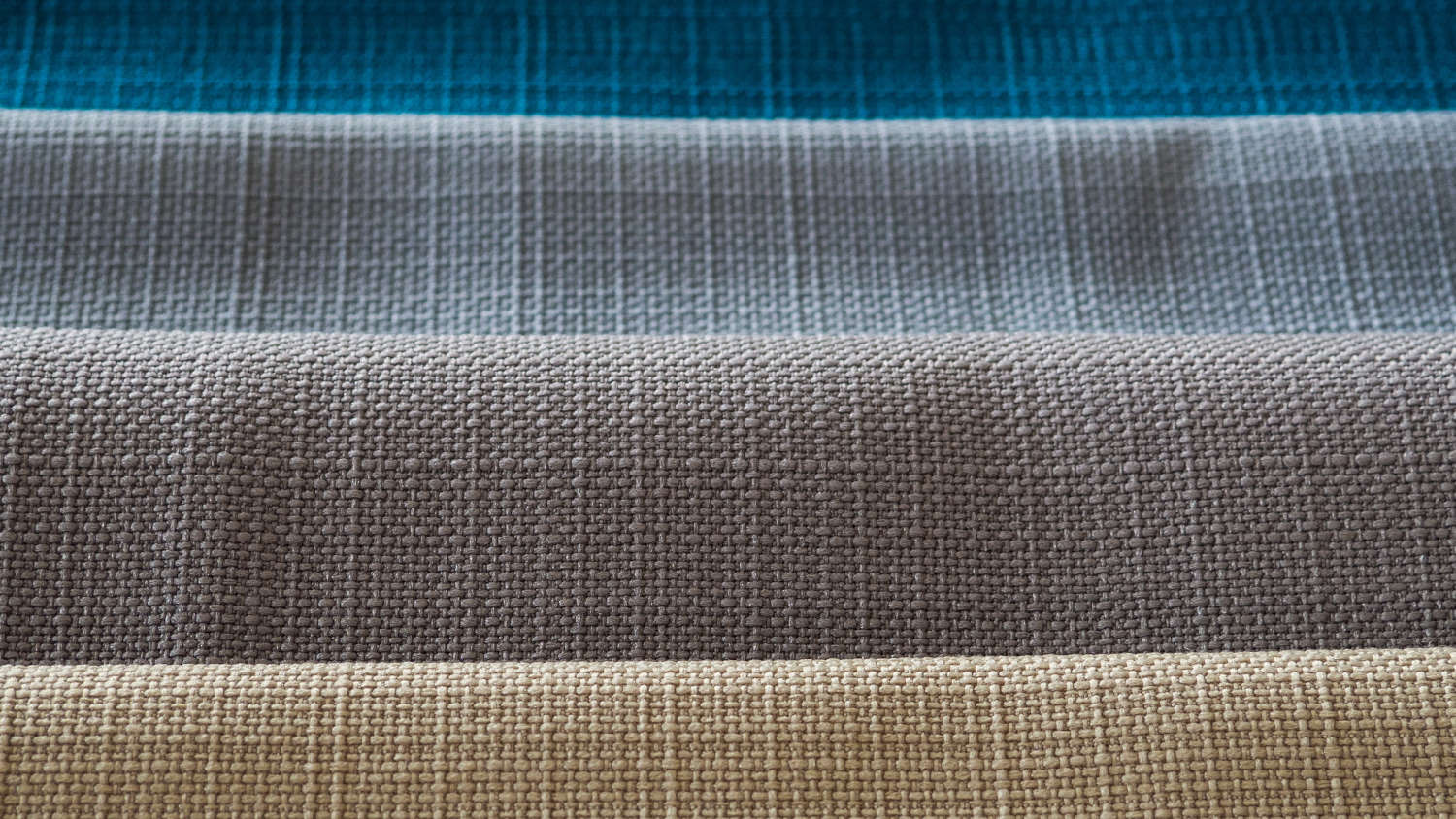
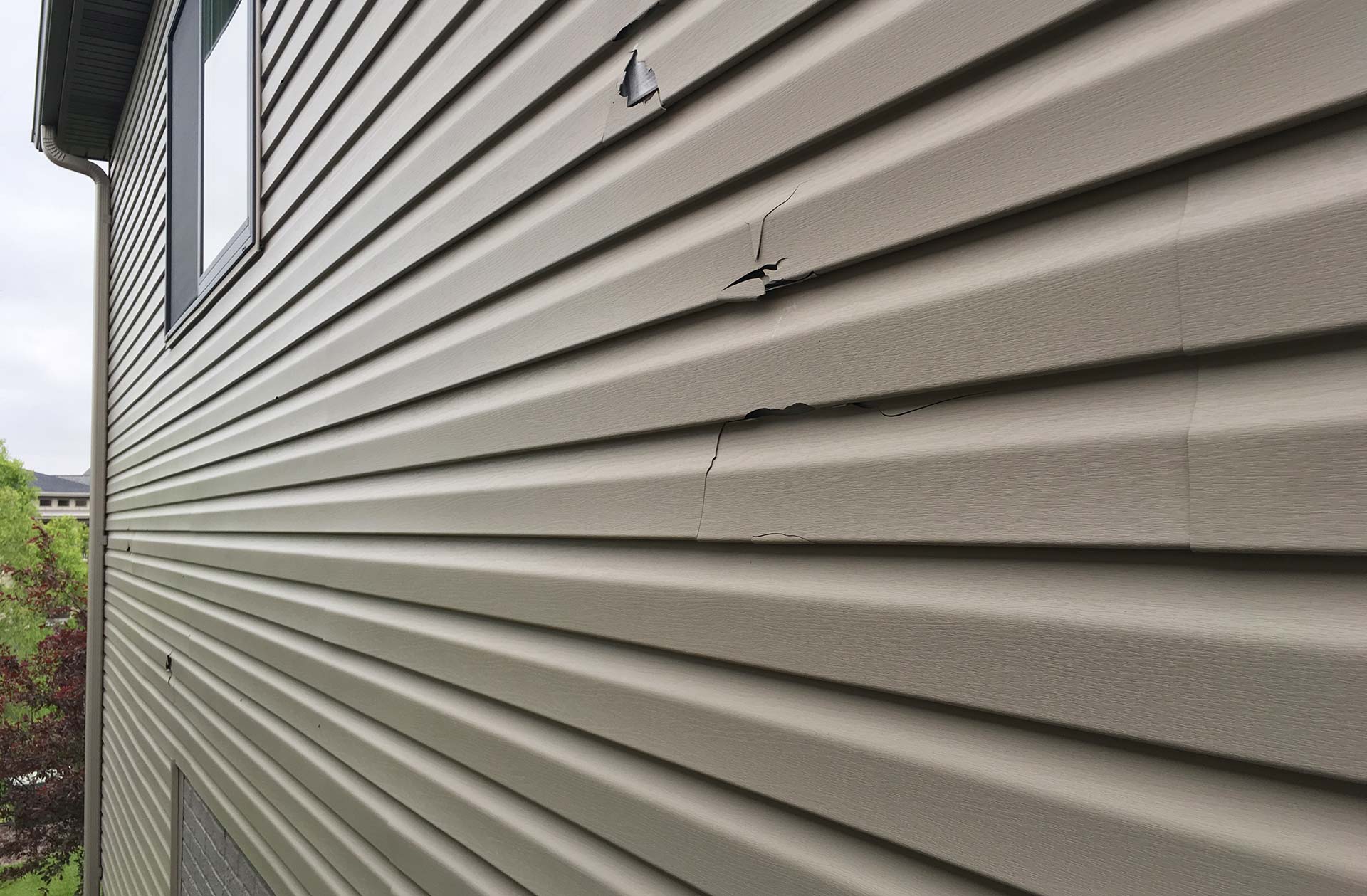
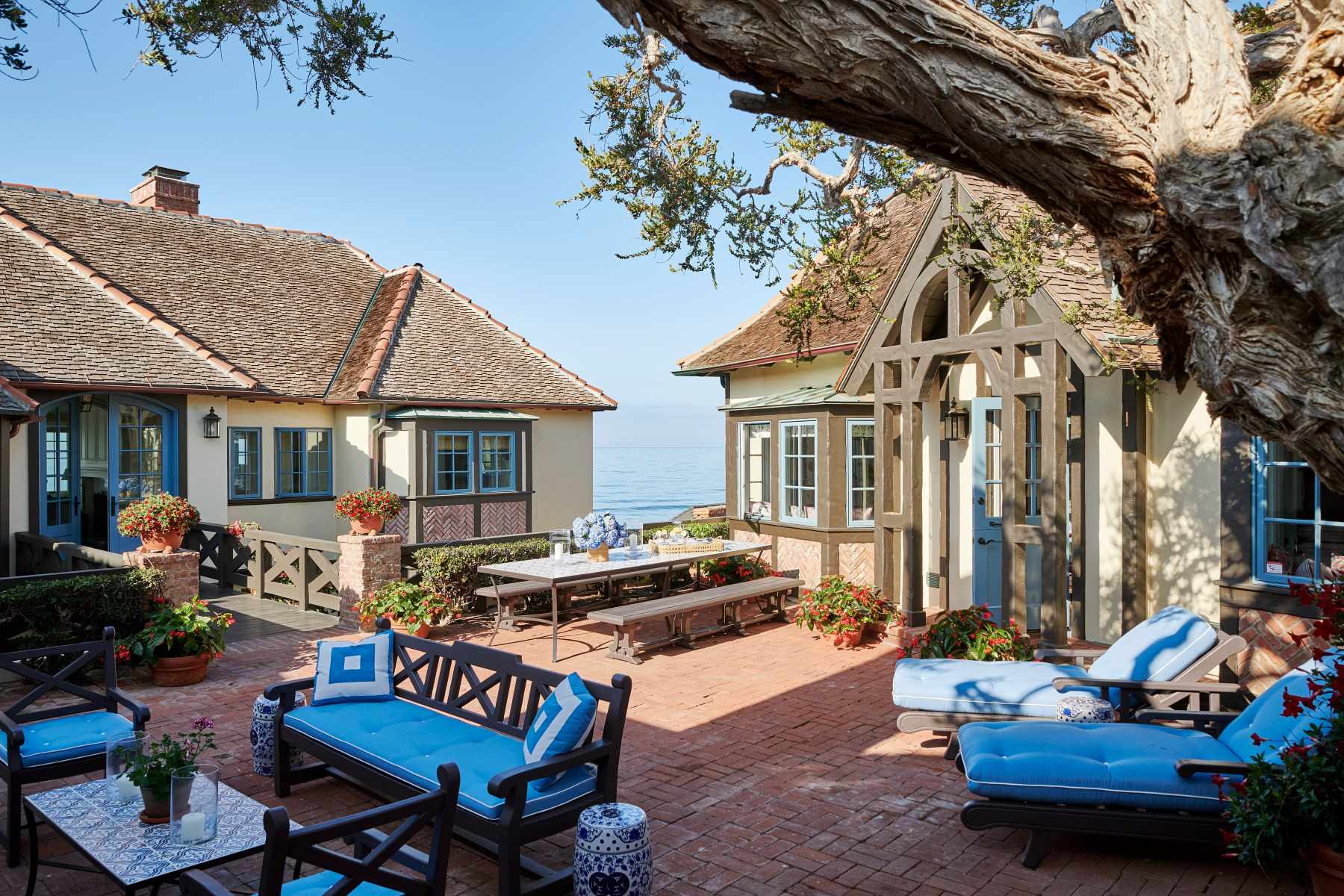
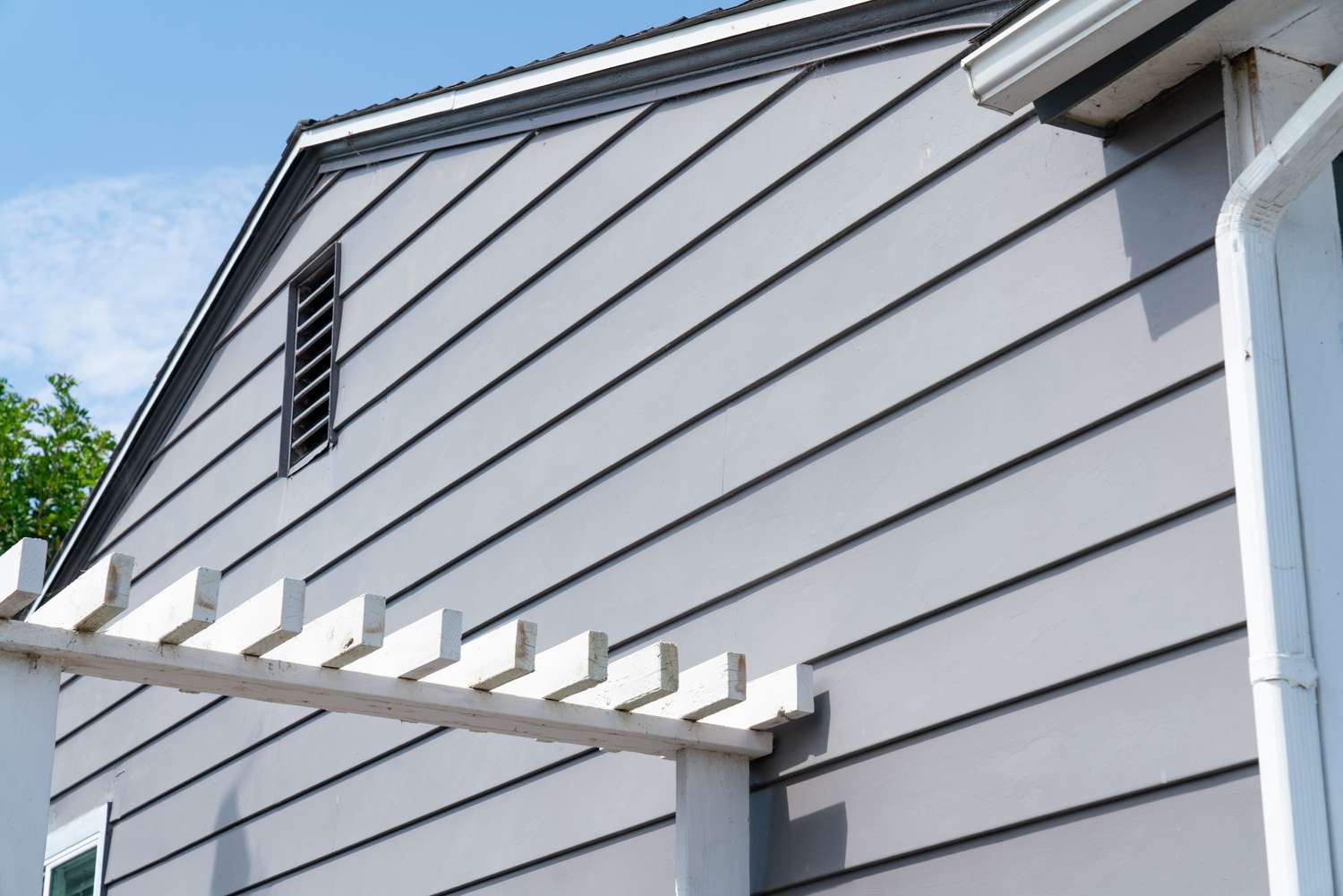

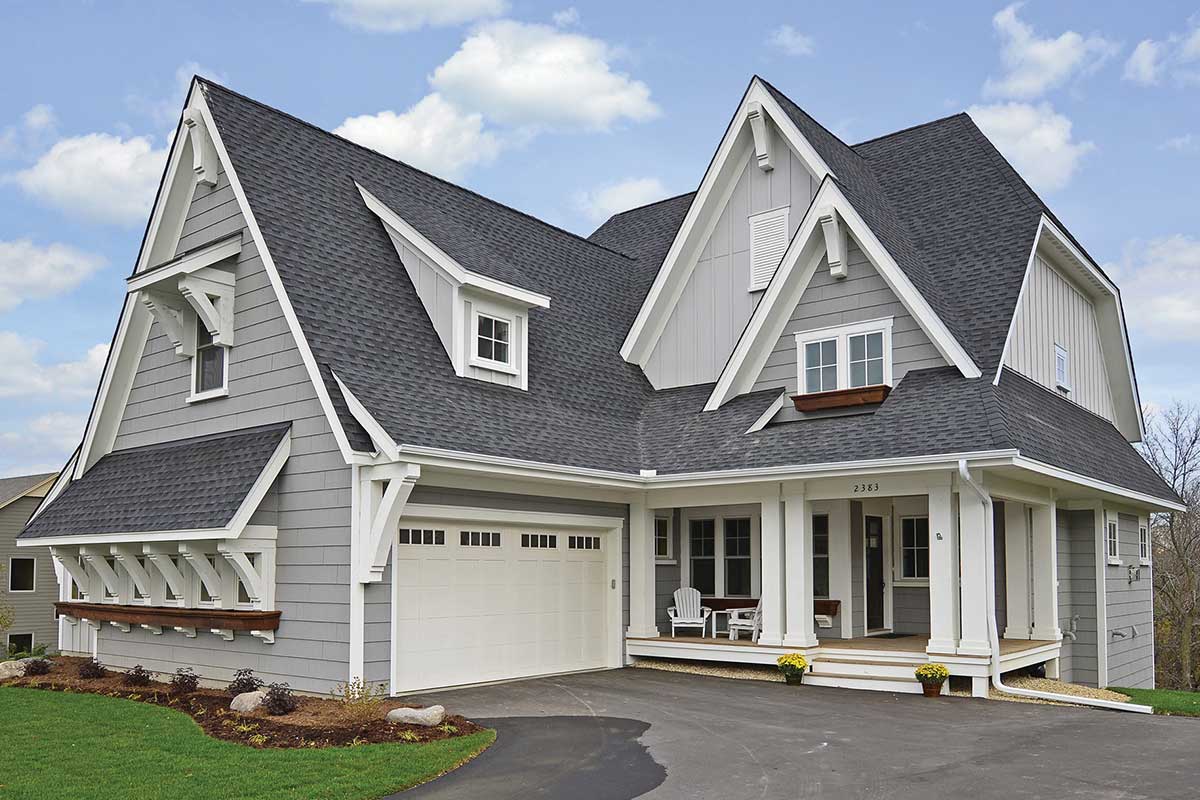
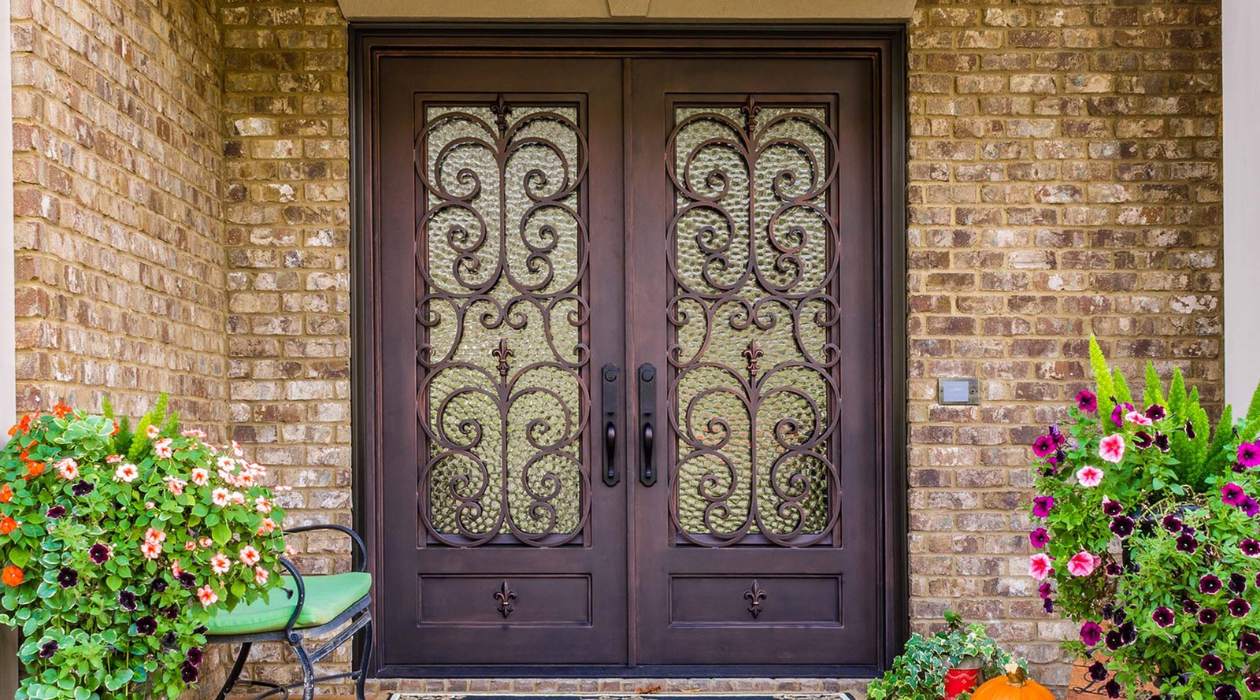

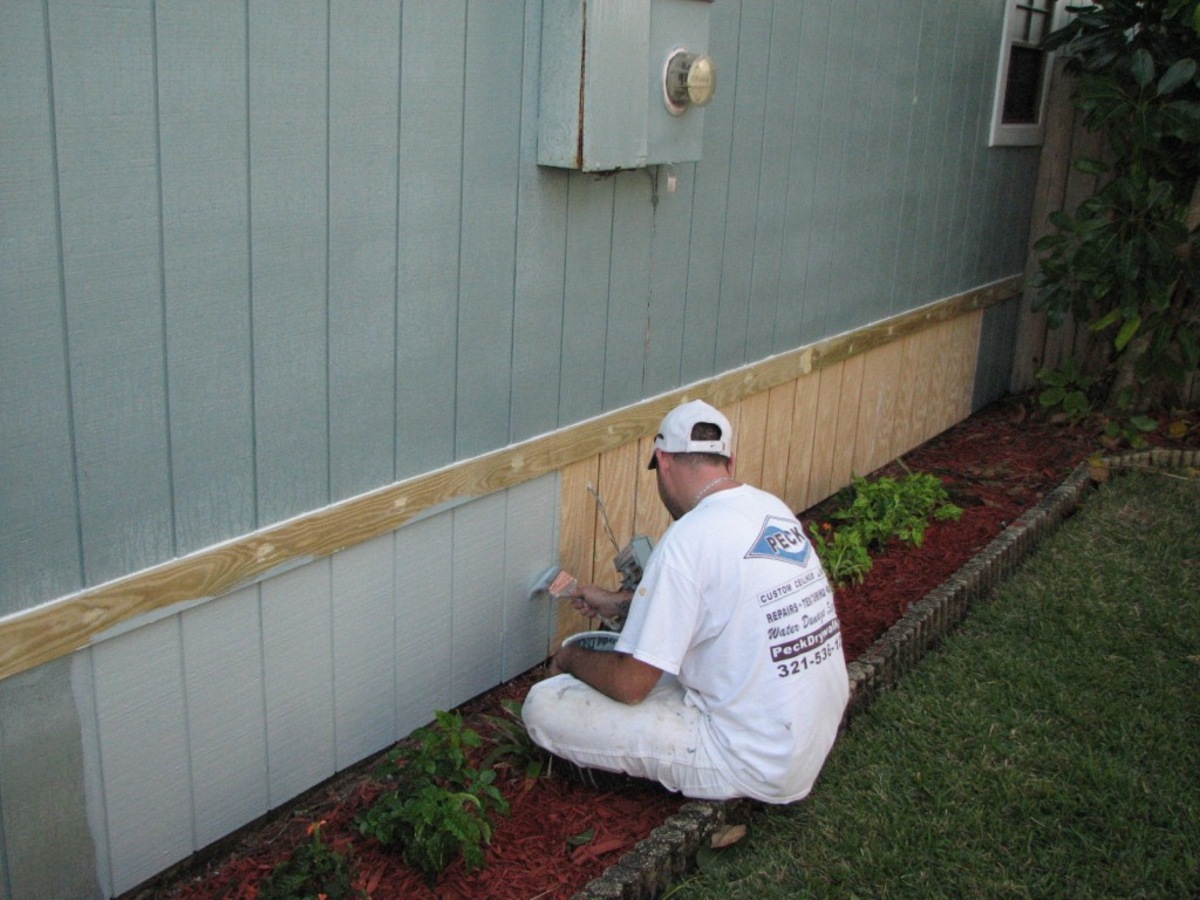

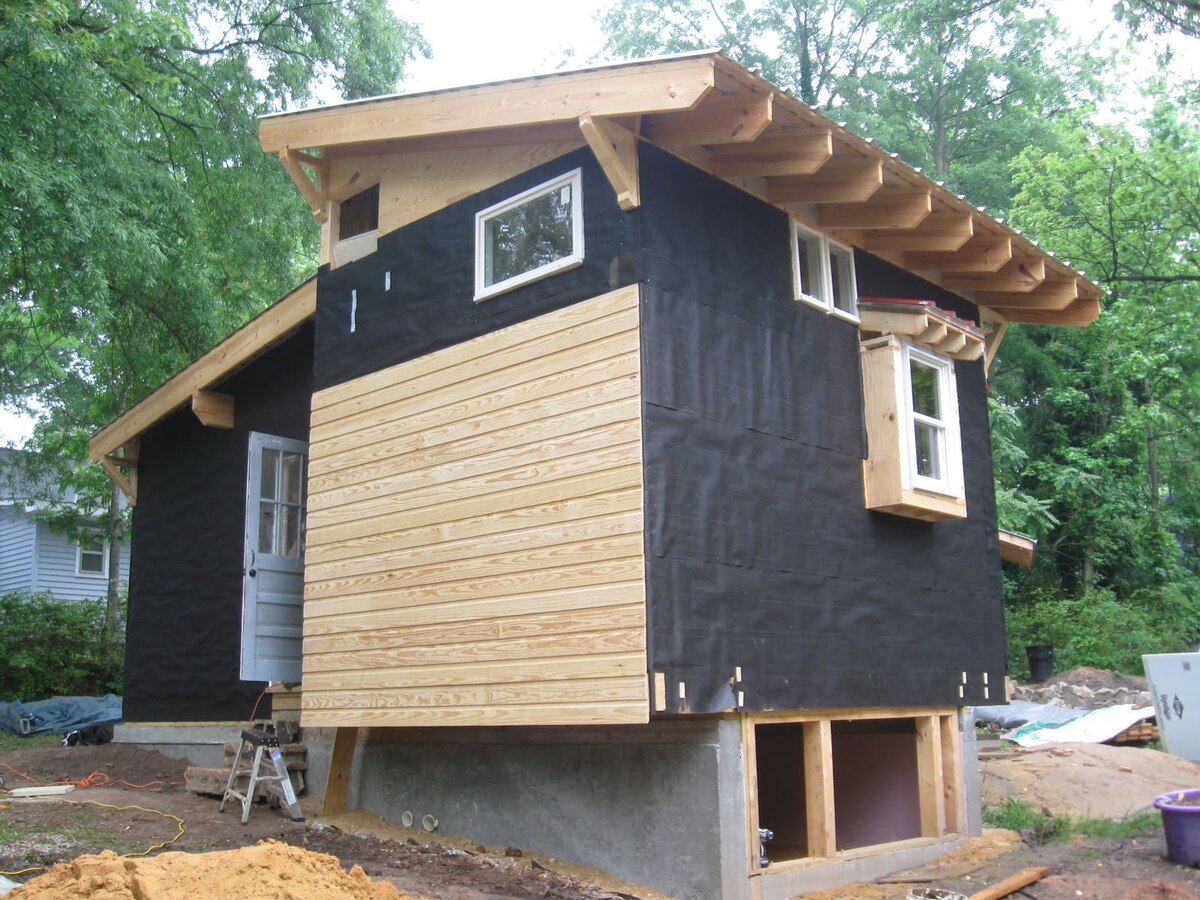
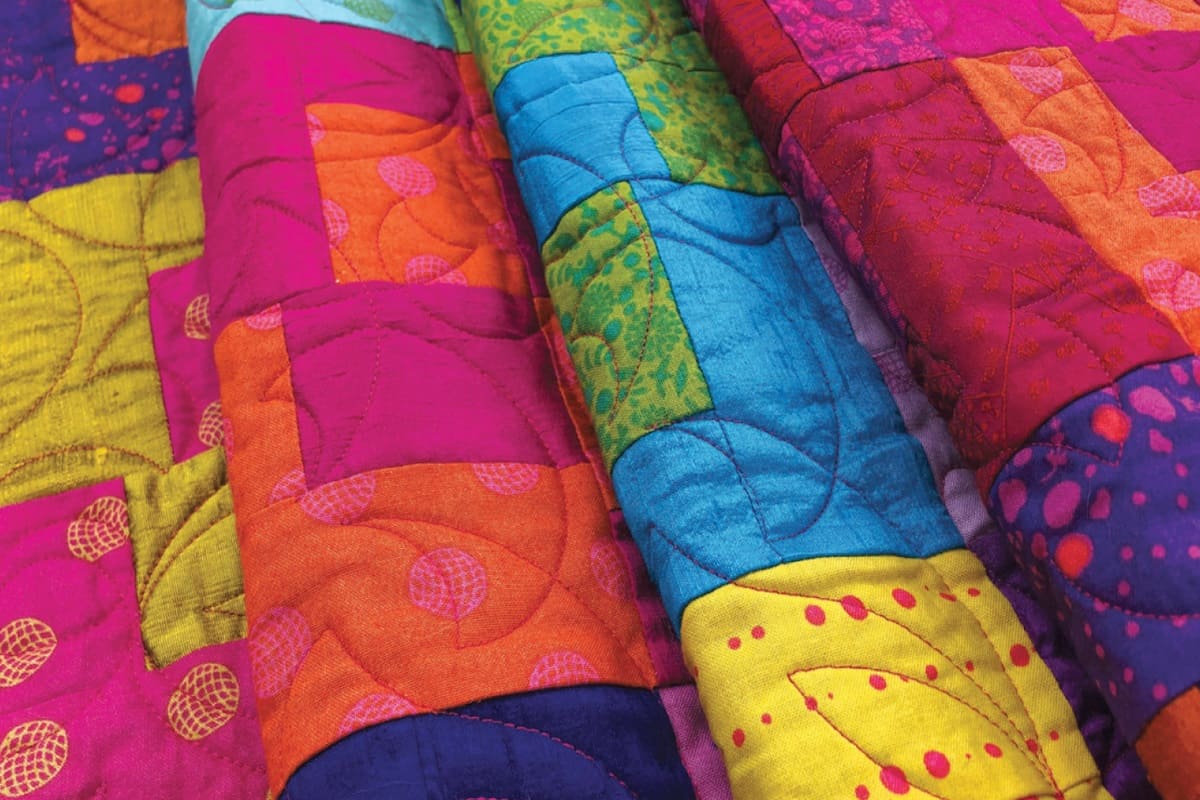

0 thoughts on “9 Questions To Ask Yourself When Choosing House Siding Colors”